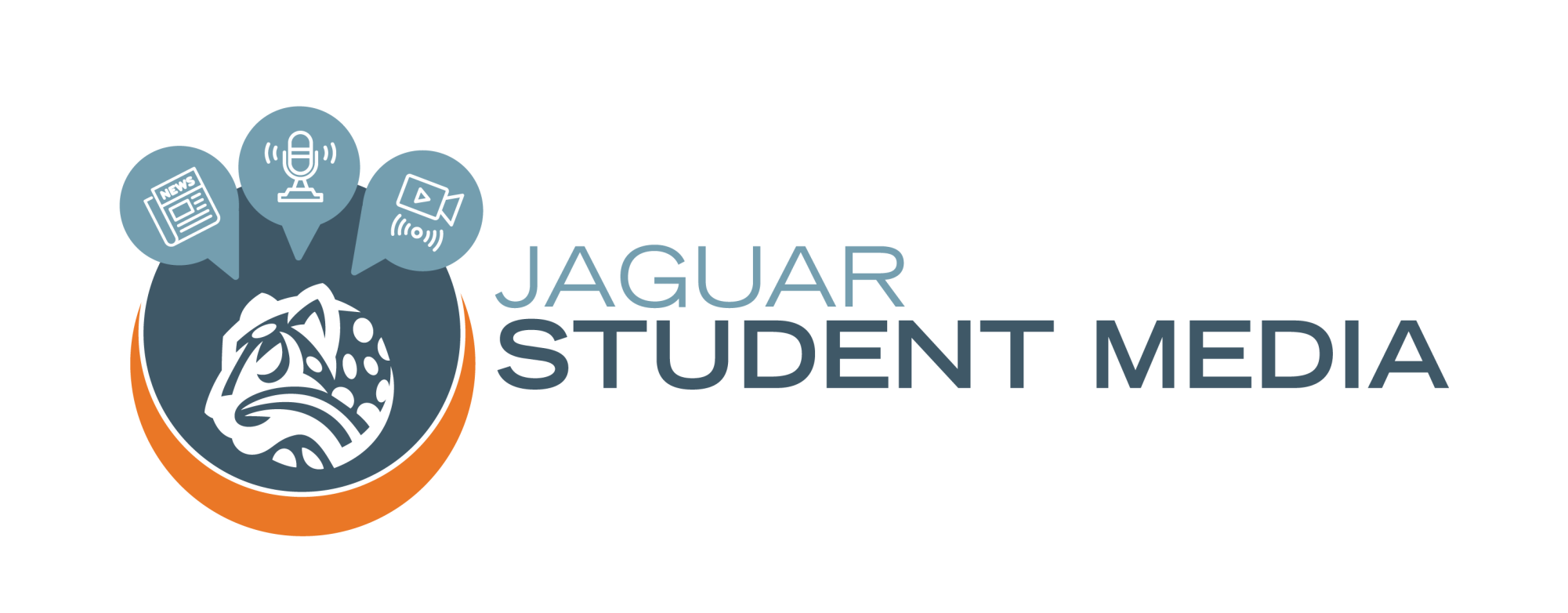Once upon a not-so-distant syllabus week, nestled deep within the halls of Governors State University, a first-year student named Maya was navigating the maze of college assignments. Between coffee-fueled study sessions and lecture notes, Maya stumbled upon something that sparked both curiosity and panic: the phrase “Use APA style.”
“What in the world is APA?” she wondered, as if the letters were part of a secret scholarly society.
Enter the wise “Writing Wizard,” Ms. Penelope Page who floated (okay, walked) into the Writing Center, armed with a digital scroll titled APA Reference Workshop. With a knowing smile, she invited Maya to unravel the mystery of the American Psychological Association style—a map to navigate the world of academic writing.
“APA,” Page began, “isn’t just a set of formatting rules. It’s a language scholars use to speak clearly and give credit where credit is due.”
Maya learned that APA wasn’t just about double-spacing and bold titles. It was about integrity. It was about clarity. It was about respecting the thoughts and efforts of others through careful citations. She discovered that plagiarism wasn’t only copying—there were sneaky forms like self-plagiarism and patchwork plagiarism. But with paraphrasing and proper citation, even the trickiest ideas could be expressed ethically.
Maya also found beauty in the structure cover pages centered like a title card in a movie, abstracts written like short stories of research, and references lined up like well-behaved students in alphabetical order.
She laughed at the idea of “block quotes” being like the dramatic monologues in a play and marveled at how “et al.” wasn’t a magical spell, but a simple way to refer to many authors without listing them all every time.
With Page’s scroll in hand, Maya felt invincible. She now understood that APA style was more than a requirement it was a tool of empowerment, giving her voice in the academic world.
By the end of the semester, Maya wasn’t just submitting papers; she was building bridges between her ideas and those who inspired them.
And so, the story of APA wasn’t about formatting at all. It was about honoring knowledge, communicating effectively, and becoming part of a larger academic conversation.
As Maya pinned her final paper to her digital classroom, she smiled, knowing she had mastered the scholar’s compass.
And she lived APA-ly ever after.

